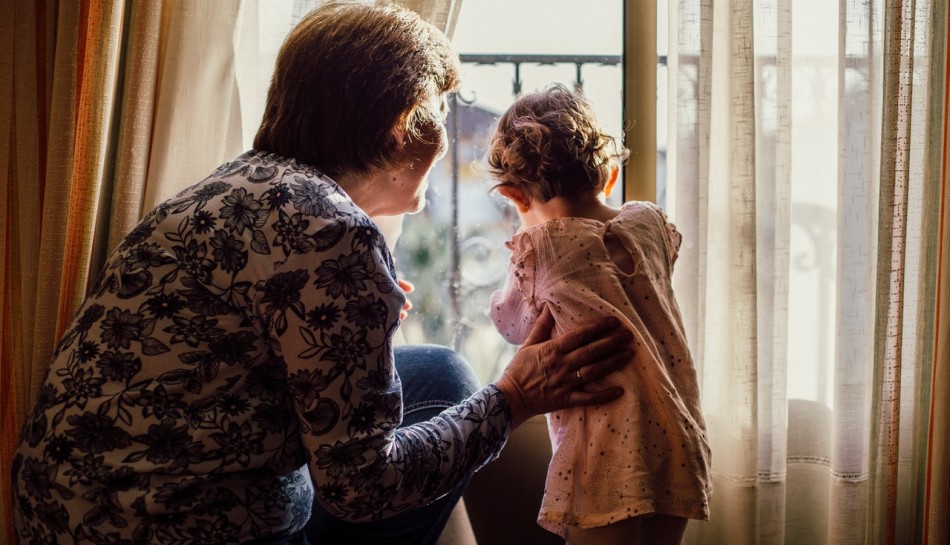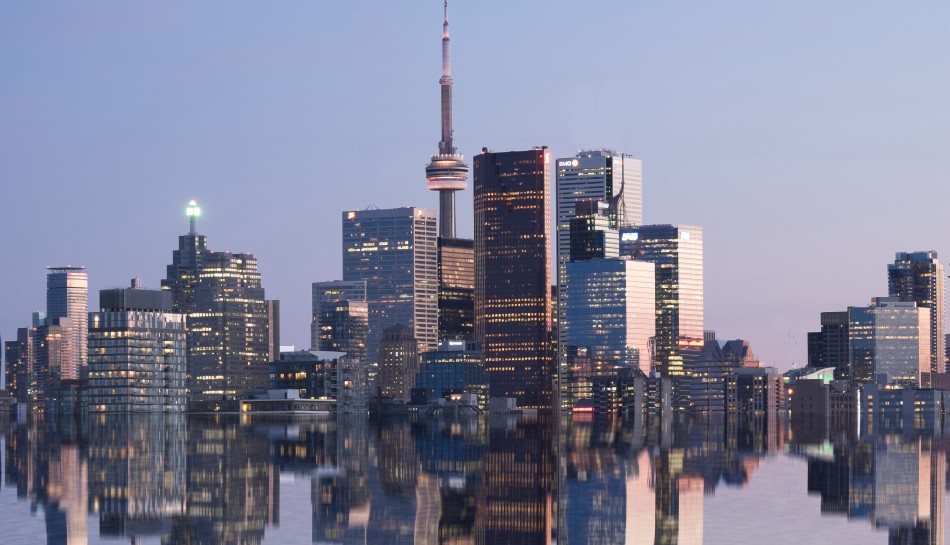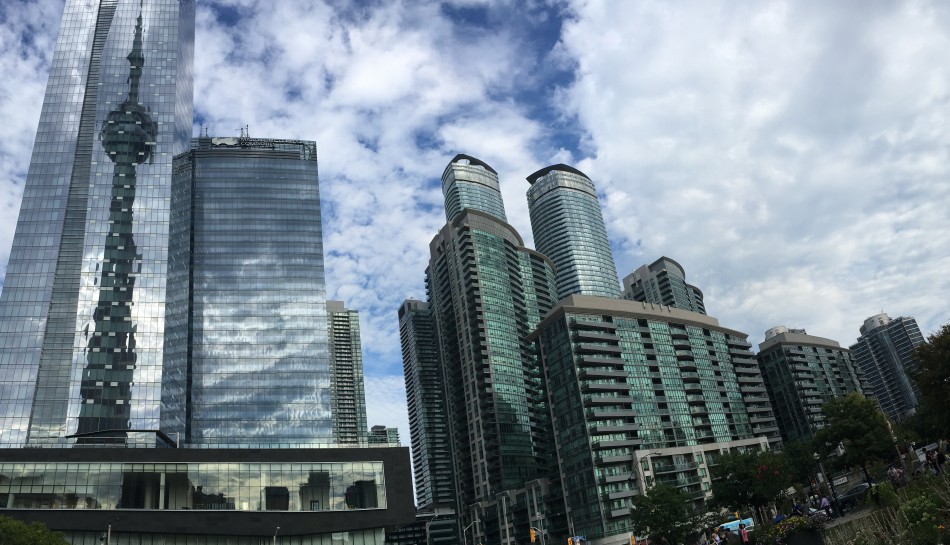The Super Visa gives parents and grandparents multiple entries to Canada over the course of 10 years.
The Super Visa allows parents and grandparents of Canadians to come to Canada. Initially, they can come for up to two years without having to renew their status, and can enter multiple times over a 10 year period.
This visa is available all year, and is an alternative to the Parents and Grandparents Program (PGP) for those seeing to reunite with their parents and grandparents temporarily. Since the PGP has high demand and limited space, the Super Visa offers more certainty of family reunification. It is especially useful for citizens of countries that need a Temporary Resident Visa (TRV) to travel to Canada, as it means they do not have to constantly re-apply for a visitor’s visa.
Who is eligible for the Super Visa?
Parents or grandparents of Canadian citizens and permanent residents may be eligible to apply for the Super Visa. They cannot be inadmissible to Canada on the basis of health or criminality, and they may be required to meet other conditions specified by the visa office.
The visa is only open to parents or grandparents of Canadians. Spouses or common-law partners, may be included on an application for the Super Visa, but not dependents.
How to apply for a Super Visa?
Applicants have to apply from outside Canada. The Super Visa process is similar to the regular TRV process, however, Immigration, Refugees and Citizenship Canada (IRCC) needs to ensure that the parents and grandparents will be well supported during their time in Canada. Some of these additional documents include a signed letter from their Canadian child or grandchild, and medical insurance of at least $100,000 from a Canadian insurance company.
The letter must include a promise of financial support throughout the duration of the visit. The Canadian must prove their citizenship or permanent residency status with documentation, and include a list of the people in their household.
The medical insurance must be valid for at least one year from the date of entry. To get the visa the applicant has to prove the insurance has been paid, since IRCC does not accept quotes.
Immigration officers will also consider whether or not the applicant will actually leave the country at the end of the authorized stay. According to the government website, they will examine the applicant’s ties to their home country, the purpose of their visit, family and finances, and the overall political stability of their home country.
Immigration pathway for parents and grandparents
The Parents and Grandparents Program (PGP) allows Canadians to sponsor their parents and grandparents for immigration.
This year, PGP applicants will be chosen by a lottery that will take place the week of September 20. IRCC will invite candidates to apply for the PGP over the course of two weeks.
The 30,000 candidates who will be invited had previously submitted Interest to Sponsor forms between October 13 and November 3, 2020.
The date for the next intake window is currently unknown, but is expected to be sometime in 2022.
Source: cicnews.com
















